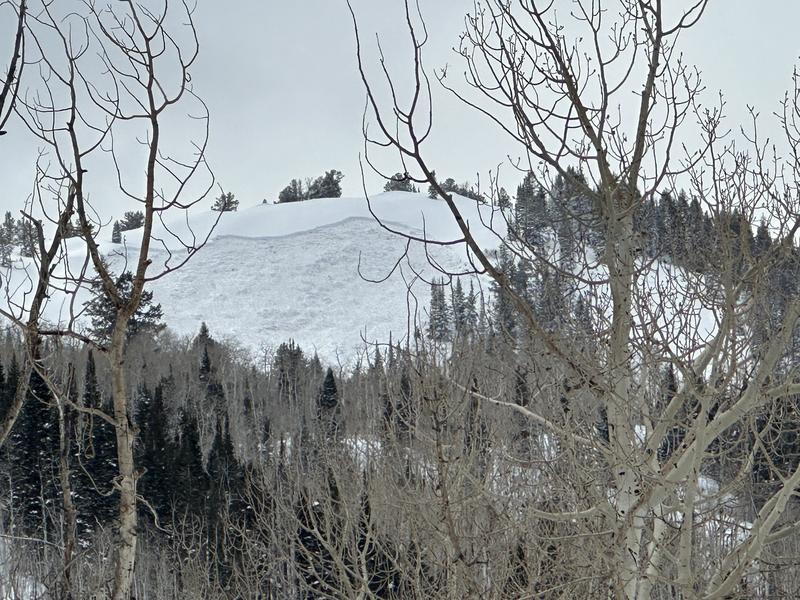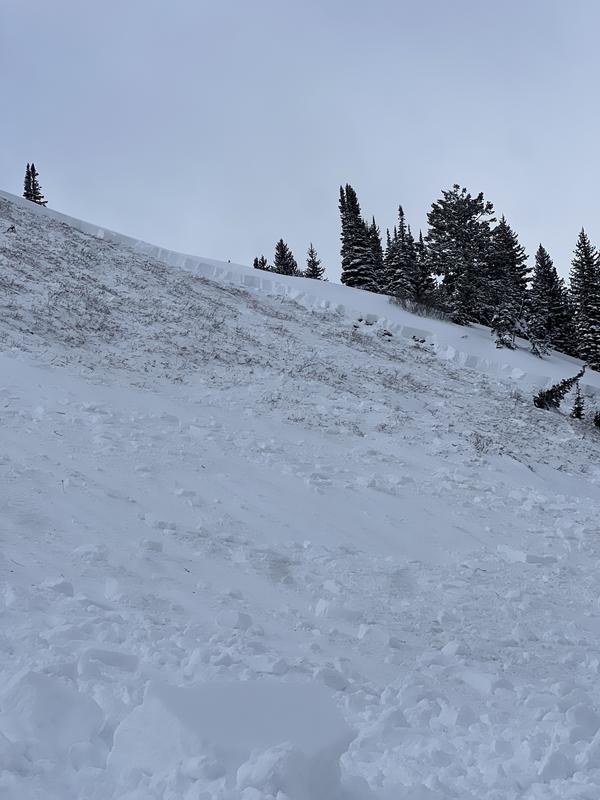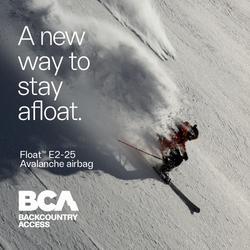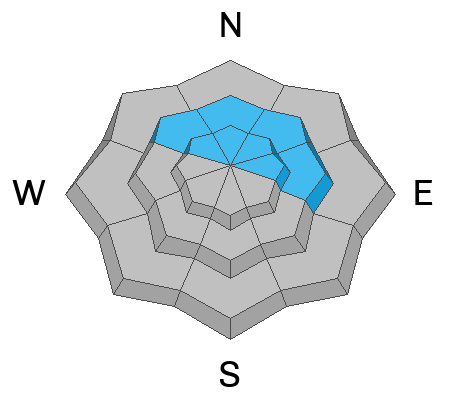Forecast for the Provo Area Mountains

Issued by Drew Hardesty on
Tuesday morning, January 7, 2025
Tuesday morning, January 7, 2025
A CONSIDERABLE danger exists on and below steep northwest to east facing terrain at the mid and upper elevations. Here, you can trigger 1-3' thick slab avalanches, even from a distance.
Proper route finding is required. A MODERATE danger exists on all aspects of the mid and upper elevations for triggering a lingering wind or storm slab.
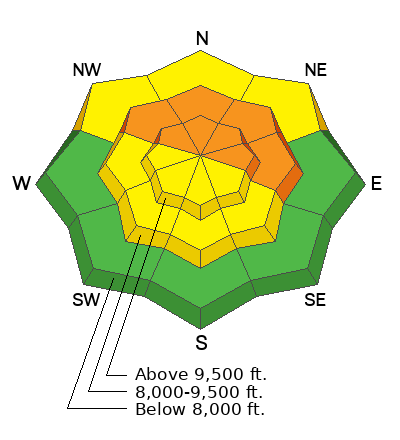
Low
Moderate
Considerable
High
Extreme
Learn how to read the forecast here



